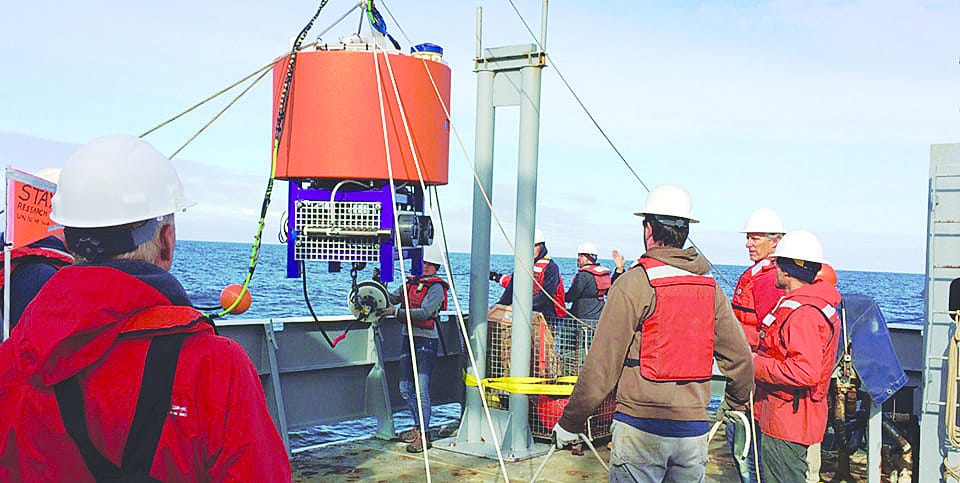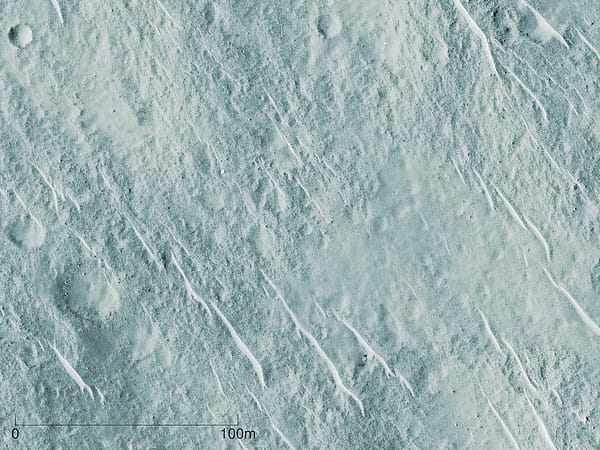This week’s science picture
Our regular science column

Oceanic toxin levels have increased due to harmful algal blooms (HABs) which plague shellfish and in turn affect the humans that consume them. Recently NOAA and partners deployed an underwater robot that measures toxicity. The robot, known as the Environmental Sample Processor (ESP), was made at the University of Washington, and will monitor cell and toxin concentrations of the HABs caused by Pseudo-nitzschia on the north-west coast. ESP can detect the toxin domoic acid which gives scientists a better assessment of the HABs’ toxicity levels. The data collected by the ESP will be sent to scientists, coastal managers and public health officials in near-real time so they can support decisions related to potential shellfish harvesting closures. This decision-making is critical for the coastal communities that will experience financial hardships due to the closure.






